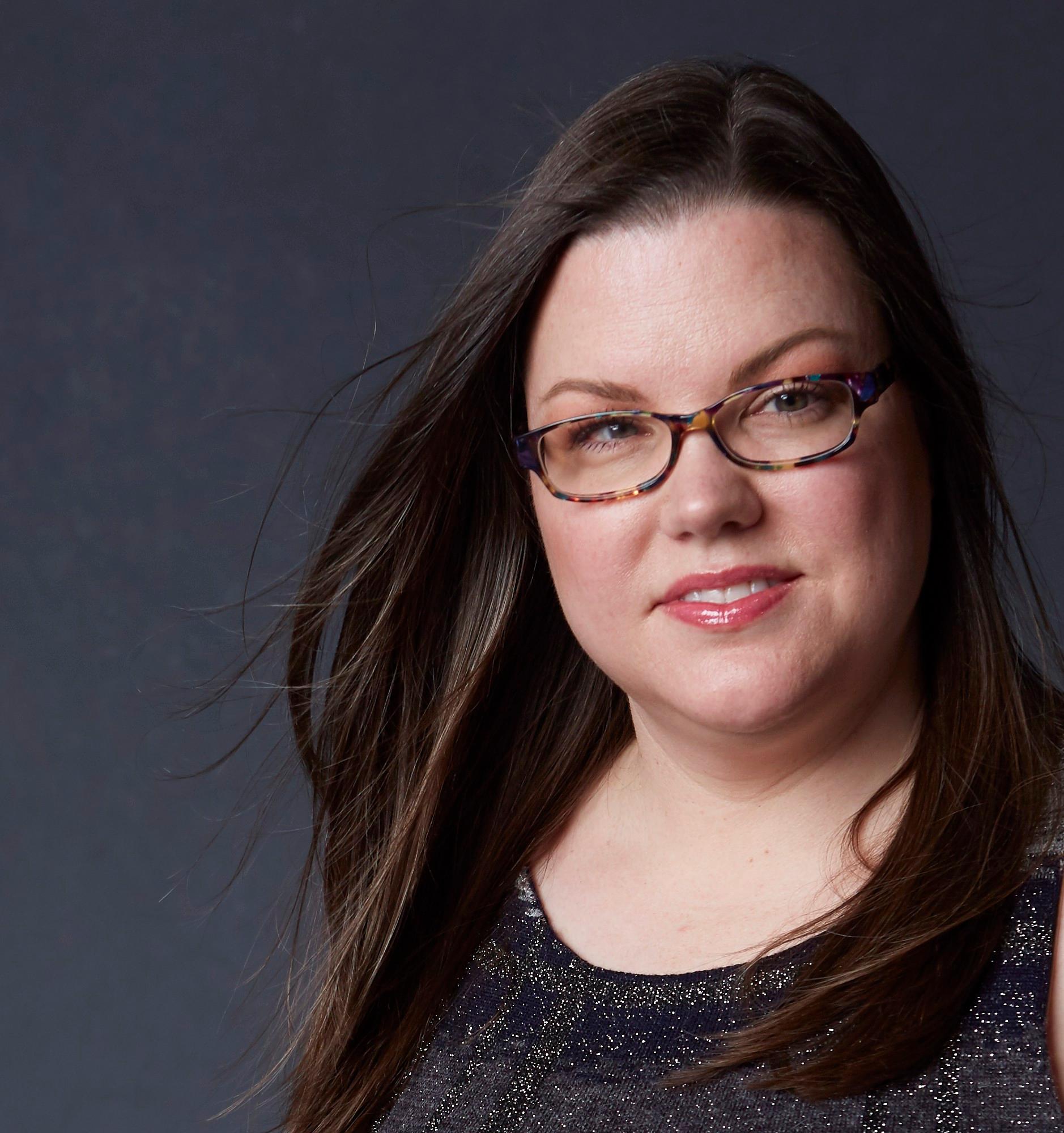Booking the best airplane seat can be golden – and elusive. Don’t make the unfortunate (and uncomfortable) mistake of booking a bad seat whenever you can help it. Avoid getting stuck by the lavatory, in a seat that doesn’t recline or, gasp, the dreaded middle seat. Whether traveling to New York for business or embarking on a beach vacay in Hawaii, you can select your seat like a pro with these tips.
Determine what you want
So what makes a great seat? That all depends on personal preference and the type of flight you are taking.
Seat features to consider:
- Seats have varying widths. Larger passengers or parents with a child traveling on their laps may prefer roomier seats.
- Some seats do not have windows.
- Some seats have limited legroom, while others may have more than a standard seat.
- Some seats have reduced seat width, while other coach seats have extra width.
- Some seats have limited recline or do not recline at all. For example, the seats in the row directly in front of the exit row often do not recline. And, on Spirit Airlines, none of the seats recline.
- Some seats lack a seat-back pocket and/or seat in front to stow carry-on items.
- Some seats have outlets and USB ports, which can be a great perk on long-haul flights when you need to get work done or want to stay powered up.
Passenger types and seat feature combinations to consider:
- Business travelers or those with connections: Choosing an aisle seat toward the front of the plane can afford you the opportunity to be first off the plane.
- Travelers with large carry-on gear: Choose a seat toward the back of the plane as most airlines board from back to front, assuring better odds of finding space in the overhead bins.
- Nervous fliers: Consider a seat over the wing, which is less effected by turbulence.
- Travelers on long-haul or overnight flights: If you’re hoping to sleep, consider a window seat, which offers a convenient spot to rest your head between the seat and the wall, eliminating the awkwardness of accidentally resting your head on the shoulder of the stranger next to you, or consider an exit row, which offers space to stretch out.
- Tall passengers: Consider an exit row or some bulkhead seats, which provide extra pitch, the distance from one seat to the seat in front or behind it – what travelers often refer to as “legroom.” The pitch varies from seat to seat, row to row, type of aircraft and airline. Bottom line: the higher the seat pitch number, the better.
- Passengers flying with infants: Choose the bassinet positions offered in bulkhead seats. Those with children should consider the non-exit row bulkhead seats, as they tend to be closer to lavatories and provide extra space for kids to spread out.
Search for flights to New York
Map it out
While many airlines have the same airplane models in their fleets, most configure the interiors differently, so it is important to look at the seating map not only for the airplane type but also the airline you are flying. Using another airline’s map may not be accurate. If your airline doesn’t provide airplane seating charts, call and speak with an agent, who should be able to provide guidance.
Book wisely
Buy airline tickets early. The earlier you purchase your airline ticket, the more options you will have for choosing the best seat. However, some airlines, like Allegiant Air and Spirit Airlines, charge to select seats and others, like Southwest Airlines, do not assign seating. Airlines often hold or reserve a number of seat assignments for airport check-in, so the number of pre-assigned seats passengers can select at booking is often limited.
Most airlines allow you to check-in online within 24 hours of departure. If you couldn’t select a seat when you booked your ticket or you want to change seats, checking in online often allows the chance for selecting seats that weren’t available before, like frequent flyer seats — seats previously assigned to fliers who have been upgraded to premium classes like business or first class.
Location, location, location
Having an entire row to yourself (often found in the last row, but seldom seen these days) is the holy grail of airline seats. Be alert during the boarding process and, once the cabin door is closed, quickly look around for any empty rows. If you spot one, ask the flight attendant if you can make a switch.
If you are traveling as a duo and hope to score an empty seat in your row, book the window and aisle seats at the back of the plane. Chances are, the middle seat will remain empty. If someone does book the middle seat, it’s likely they will be more than happy to swap for the window or aisle seat.
Sleepy? Study the flight plan to see which side of the plane the sun will be shining on and book the opposite side. Some frequent fliers swear the window seats on the left side of the plane are better as they are often “off center,” making it easier to rest your head.
If you want to avoid noise, don’t sit at the back of the plane where the lavatories are and where passengers often queue up for them. The flight attendants often prep inflight refreshments and congregate in the galley at the back of the plane. On flights where bassinets are offered at bulkhead seats, avoid reserving a seat in those rows and surrounding rows as families often occupy them with infants.
While the back can be desirable in certain scenarios, sitting up front also has its advantages: you often get first dibs on drinks and food, and you get to deplane first.
Learn about seat types
The exit row: It’s no secret that an exit seat (each seat having direct access to an exit and each seat in a row of seats through which passengers would have to pass to gain access to an exit) in an exit row has more room than a regular coach seat to allow swift evacuation of passengers in an emergency. However, the exit row isn’t for everyone. In October 1990, the Federal Aviation Administration imposed rules for who can sit in an exit row.
Passengers eligible to sit in the exit row must, among a list of tasks, be able to locate the emergency exit, understand instructions for opening the exit door, operate the emergency exit, listen and understand instructions and quickly evacuate. The F.A.A. does not permit passengers under 15 years old, any passenger with mobility, vision and/or aural impairments, which would prevent them from performing the assigned tasks without assistance, or any passenger who is unable to perform the emergency duties to sit in an exit row.
Similarly, families, those who are pregnant and passengers who are responsible for the care of other passengers on the plane cannot sit in an exit row. It’s also important to note that those traveling with infants are not allowed to sit in the exit row or the row immediately in front of or behind an exit row.
Bulkhead seats: Bulkhead seats are the seats directly behind physical partitions on the plane, for example, the walls, curtains or screens that separate the different seat classes and/or sections of a plane like the galley and lavatory. Not all bulkhead seats are created equal so check with the airline and consider the following pros and cons of a bulkhead seat before booking.
The benefits of a bulkhead seat include:
- No seat in front of you, so you can avoid the possibility of losing space to a person reclining his or her seat into your lap.
- In many cases, there is extra legroom
- On aircrafts with individual seat-back entertainment systems, the television may be stowed in the armrest, making it easy to move and adjust the screen.
- You can put your feet up without most passengers giving you a second glance.
Bulkhead features to be aware of include:
- Some bulkhead seats may actually have less pitch than other seats on the plane. Some may only have cutouts, small openings, where you can wedge your feet in an attempt to stretch out.
- Some aircraft offer bassinet positions at the bulkhead seats, which increases the likelihood of being seated near babies.
- No seat in front means the tray table is stowed in the armrest, reducing the seat width.
- No seat in front means there is no space to stow anything “underneath the seat in front of you.”
- On aircrafts with individual seat-back entertainment systems, the television may be stowed in the armrest, reducing the seat width. It also makes the armrest unmovable.
Get with the program
Join a frequent flier program. Even if you don’t fly that often, joining a frequent flier program can help when choosing a seat. Many airlines offer their best seats to loyal customers, particularly those who are frequent fliers.
Signing up for a membership is usually free and there are typically no annual dues or requirements to being a frequent flier. When you purchase your airline ticket, use your frequent flier number at the time of reservation.
Splurge on a seat
Many airlines offer the best seats to passengers who are willing to pay for them. Prices vary by airline, seat location and amenities like extra legroom and proximity to the front of the plane.
Last minute tips
If you don’t want to splurge for a prime seat (or one isn’t available), there are a few things you can try last minute to increase your odds of getting the seat you desire.
- Check-in online before the flight to select your seat.
- Get to the airport early and ask the ticket agent to help you select a seat. Arriving early also ensures you aren’t bumped from the flight.
- Be polite and persistent. If the ticket agent isn’t able to help, speak to the gate agent in charge of your flight. Last minute cancelations, no-shows and seat upgrades can cause prime seats to be released last minute.
- Ask other passengers if they are willing to trade seats. Some travelers don’t care where they sit. Some passengers assigned to window seats might prefer your aisle seat and vice versa, while a person seated in a middle seat might jump at the chance to trade so you can sit next to your travel buddy.
Main Image: Doug, British Airways 777 G-YMMA via Flickr CC BY-SA 2.0



